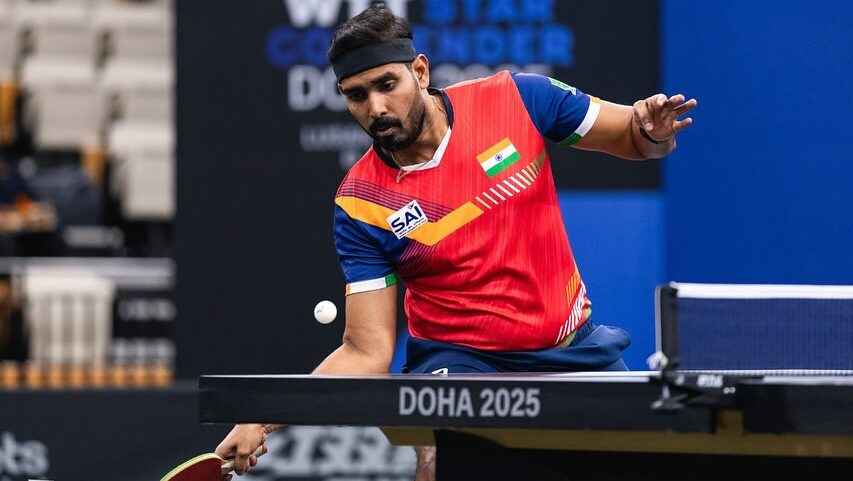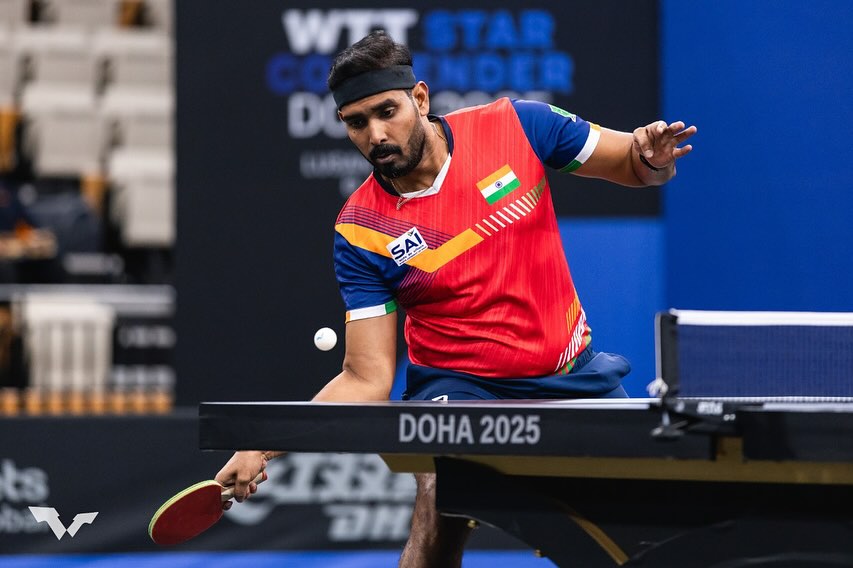
Sharath Kamal Achanta recently announced his retirement from professional table tennis at the WTT Star Contender in Chennai. One of the most iconic figures in Indian table tennis, he leaves behind a remarkable legacy that has inspired generations. In this exclusive interview with RevSportz, Rohan Chowdhury sits down with the legend to reflect on his incredible journey, the emotional farewell in his hometown, and his hopes for the future of the sport.
Rohan Chowdhury: Sharath sir, welcome to RevSportz. We’ve followed your journey over the years. It’s been a long and fantastic career spanning over two decades. To begin with, how was the experience that night in Chennai? How emotional were you when you addressed the crowd in your home city?
Sharath Kamal Achanta: Thank you, Rohan, for giving me this opportunity. The last few days of my career have been overwhelming. After the Paris Olympics, I began contemplating the next phase of my life, and it felt like I had contributed enough as a player. I wanted to give back to the sport, maybe as an administrator, and that realisation helped me make the decision to retire. I was fortunate to announce it in Chennai—my home city, in the same stadium where I played my first international tournament in 1999.
That night was very emotional. My family, friends, coaches, and so many who had been part of my journey were present. Initially, I was excited, but as the day drew closer especially when I played that final exhibition match, emotions took over. But I’m content—I’m leaving the game with a lot of pride and gratitude, knowing it’s in good hands.
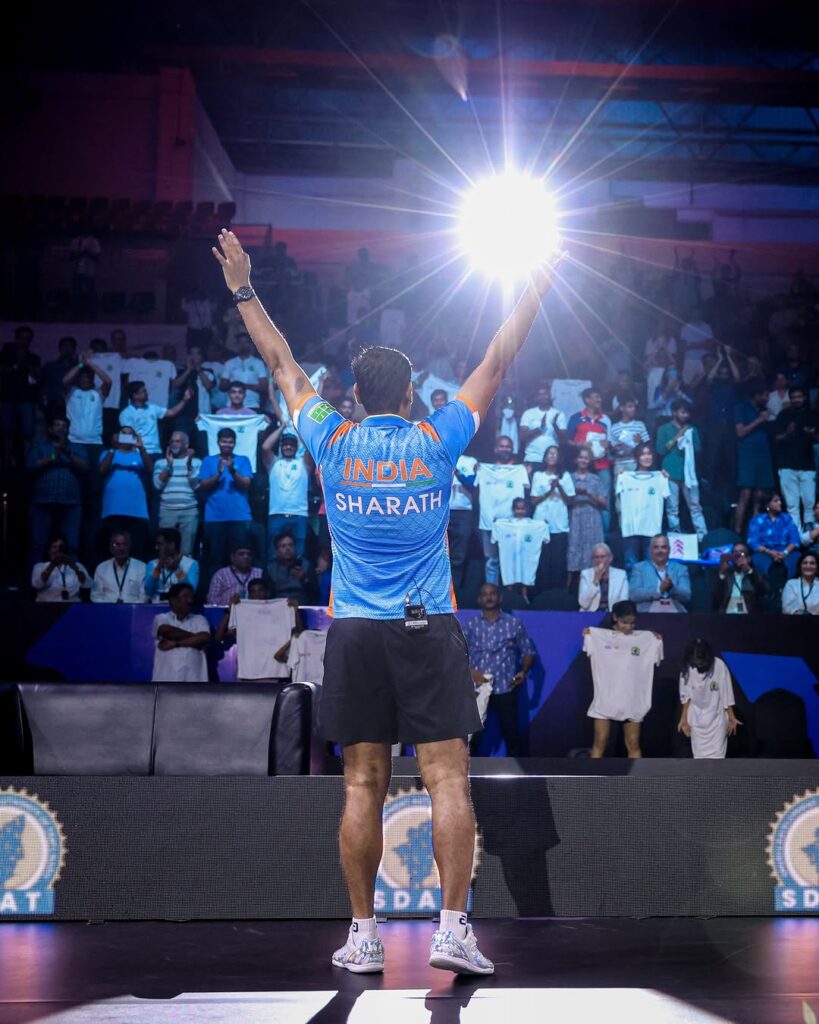
Rohan: You played your first international tournament in 1999, won a bronze at the 2002 National Games, and here we are in 2025. What has been your mantra for maintaining such longevity at the top level? How difficult was it?
Sharath: It was quite difficult and because of these difficulties, many people quit at the stage where I was still going ahead. Thanks to the support from my family and coaches. That support was key. Another crucial aspect was how I broke my goals down into shorter targets. After 2016, I aimed for the 2018 Asian Games, and we made history with a medal after 60 years. That gave me the confidence to push for the Tokyo Olympics. By focusing on two-year goals, I stayed motivated.
It also helped that my family understand the demands of my schedule. Even up until 2024, I kept saying, “Let’s go another two years.” Only when I started losing the joy of doing the daily grind did I realise it was time to step away. But until then, I never got tired of the schedule. I looked forward to the gym, the club—everything. Towards the end, I felt like – “Oh! I’m starting to lose the fun in doing so.”
Rohan: Looking at your medal cabinet—13 Commonwealth Games medals, seven of them gold, plus two Asian Games bronze medals—how do you reflect on this journey? Do you have a favourite medal?
Sharath: That’s an unfair question (Laughs)! Every medal has a story, and they all matter. But yes, certain ones stand out. In 2006, no one really knew who Sharath Kamal was or paid much attention to table tennis. But we beat the mighty Singapore team, and I defeated the Australian favourite William Hensel in the singles. That was a turning point—not just for me, but for Indian table tennis. That shot Indian table tennis to fame.
Then, in 2018, we beat the world-champion Japanese team at the Asian Games, which was incredibly special. In 2022, at the age of 40, I won three golds and a silver at the CWG—another memorable milestone. Of course, an Olympic medal is missing, but coming from being ranked 300 in the world to reaching 30, that’s a journey I’m proud of. The last six years of my career were some of my best.
Rohan: You’ve played in five Olympics. How have you seen Indian table tennis evolve in your time?
Sharath: The growth has been phenomenal. Back in 2003-04, when I played my first World Championship, India was ranked 36 in the world. Today, we’ve been in the top 8, and the women’s team reached the Olympic quarterfinals (Paris 2024). That’s a big leap. The benchmark has risen. Now, it’s not just about qualifying, but aiming for quarters and beyond. Thanks to the federation and the government for believing in us and backing us consistently. With each bit of support, we’ve shown we can achieve more. There’s talent in India—we just need a structured system to deliver consistent results.
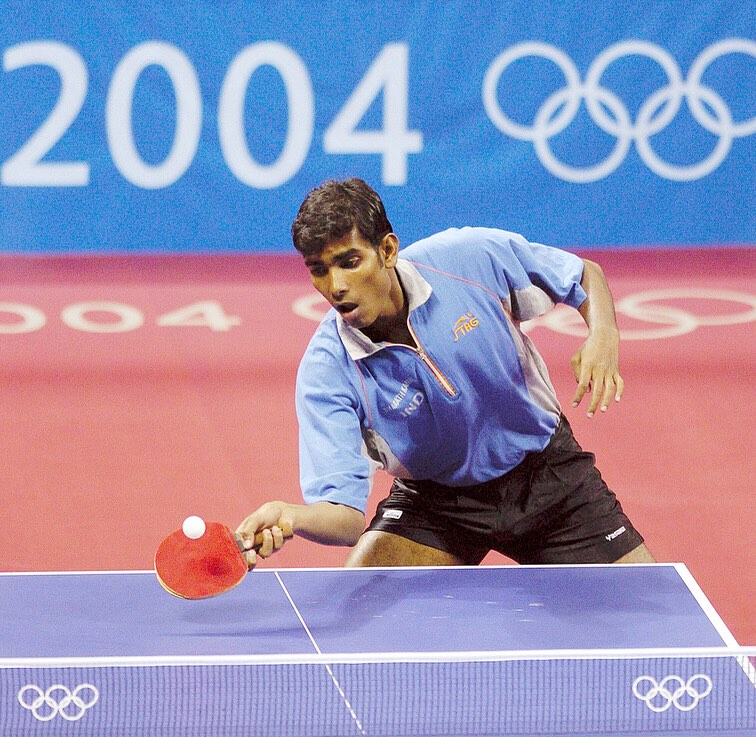
Rohan: With UTT (Ultimate Table Tennis) and a growing pool of players, has the perception of the sport changed in India?
Sharath: Absolutely! UTT, since 2017, gave many players platforms; players like Manika Batra and G Sathiyan got their breakthrough. It also gave hope to parents and kids that table tennis is a professional career option. When I was growing up, sport was treated as a hobby. Now, parents recognise it as a viable profession, thanks to Indian athletes succeeding globally. The outlook has shifted. Sport is no longer co-curricular—it demands full-time commitment. We’re moving in the right direction as a sporting nation.
Rohan: You mentioned players like Manika (Batra), G Sathiyan. We have a huge talented young pool, Sreeja Akula, Manav (Thakkar) and more. How do you see the future for Indian table tennis?
Sharath: The younger generation is fearless and incredibly talented. They’ve had exposure at the international level early on. We even have players ranked number one in various junior categories. The structure needs to support and guide them properly to help them reach their full potential. If nurtured right, this group can take India to the top. They just need the right fuel to keep their fire alive.
Rohan: How has the ecosystem evolved with the federation’s support, especially at junior levels?
Sharath: Since around 2014–16, the federation has streamlined a lot. They’re supported by the Sports Authority of India (SAI), which plays a massive role in funding and logistics. The TOPS (Target Olympic Podium Scheme) helps individuals with high potential, and corporates like UTT also play a part. It’s a team effort. Individually, we may lack resources, but together, we’re stronger. Foreign coaches like Massimo Constantini have also brought valuable input, and there’s a coaching panel working across levels. All these efforts are helping build a sustainable ecosystem.
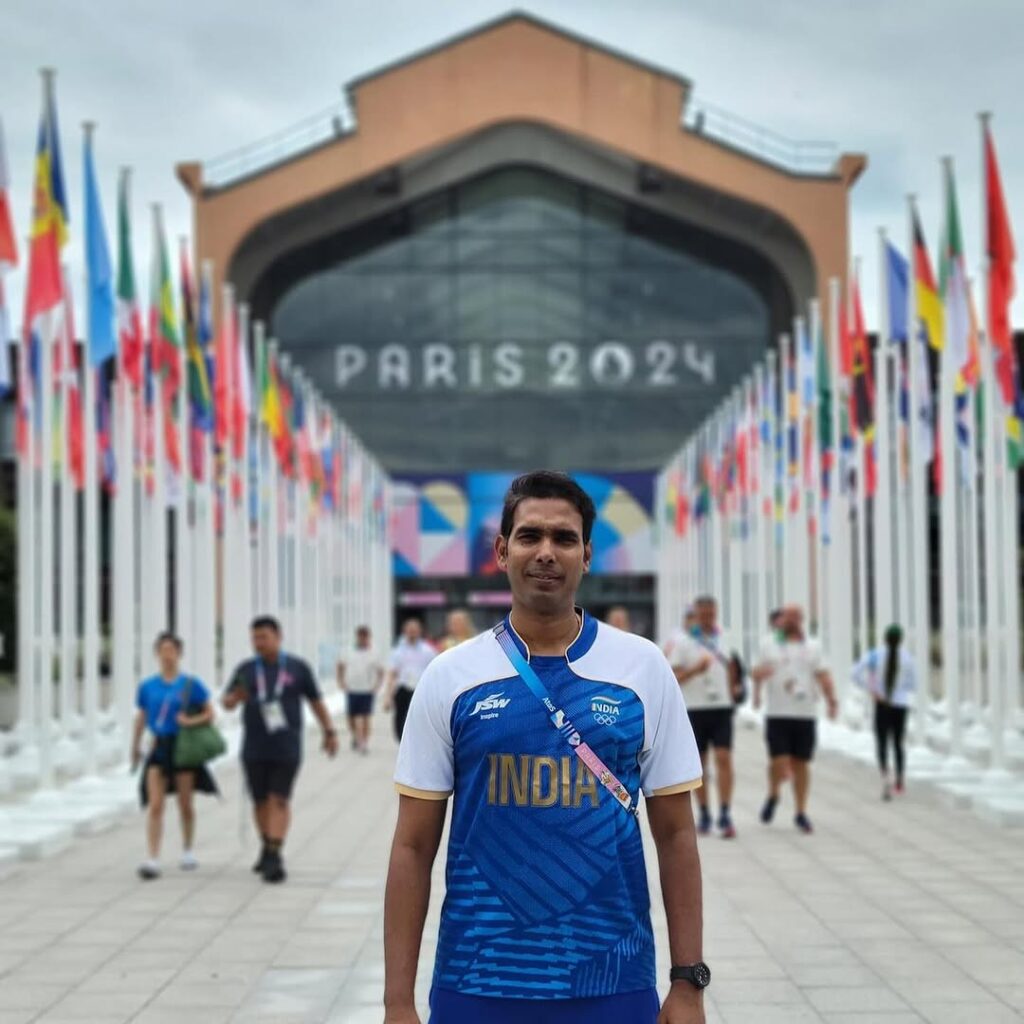
Rohan: Over your career, you’ve played with many partners and worked with several coaches. Anyone in particular you’d like to mention?
Sharath: Massimo Constantini has been instrumental in taking Indian table tennis to the next level. Also, Bhawani Mukherjee was the national coach during my yesteryears. They both played big roles in shaping not just me, but Indian TT’s path forward. The policies they laid down in 2009–10 are still relevant and effective. They worked on technical improvement, mental strength—everything. They shaped Indian TT in the past, because of which we are here today.
Rohan: The obvious question—what’s next? How do you plan to stay connected to the game and give back to the sport?
Sharath: As you rightly mentioned – ‘giving back to the game’ – the game has given me everything. Table tennis is my identity. When you say Sharath Kamal, you think of table tennis and vice versa. I want to pass that legacy on. I plan to stay involved—maybe as a mentor, administrator, or high-performance director. After a short break, I want to work with younger players and help them figure out their path. I’ve gained so much knowledge and experience—it’s time to give that back.
Rohan: Any one moment you’d love to relive from your career? And what message would you give young players who look up to you?
Sharath: Honestly, I’d want to relive the tough times. Those are what defined me, not the wins. The failures and doubts shaped who I became. In 2015, I had a serious injury and thought it was over. But that adversity pushed me to stay at my peak for another eight years. It’s those dark moments that build you. To young players, I’d say: embrace the failures—they teach you more than success ever will.
Rohan: Thank you so much, sir. It’s been a privilege speaking to you. We hope to see you bringing success to Indian table tennis off the court as well, just as you did on it.
Sharath: Thank you, Rohan. Appreciate it.
🚨 #SharathKamal Exclusive
“Maybe as a mentor, administrator or a high-performance director” — @sharathkamal1 on his future plans.
The Indian TT legend, who recently announced retirement looks back at his illustrious career, best moments, the hardships, the role of UTT, and… pic.twitter.com/afbZoHapL3
— RevSportz Global (@RevSportzGlobal) April 4, 2025


